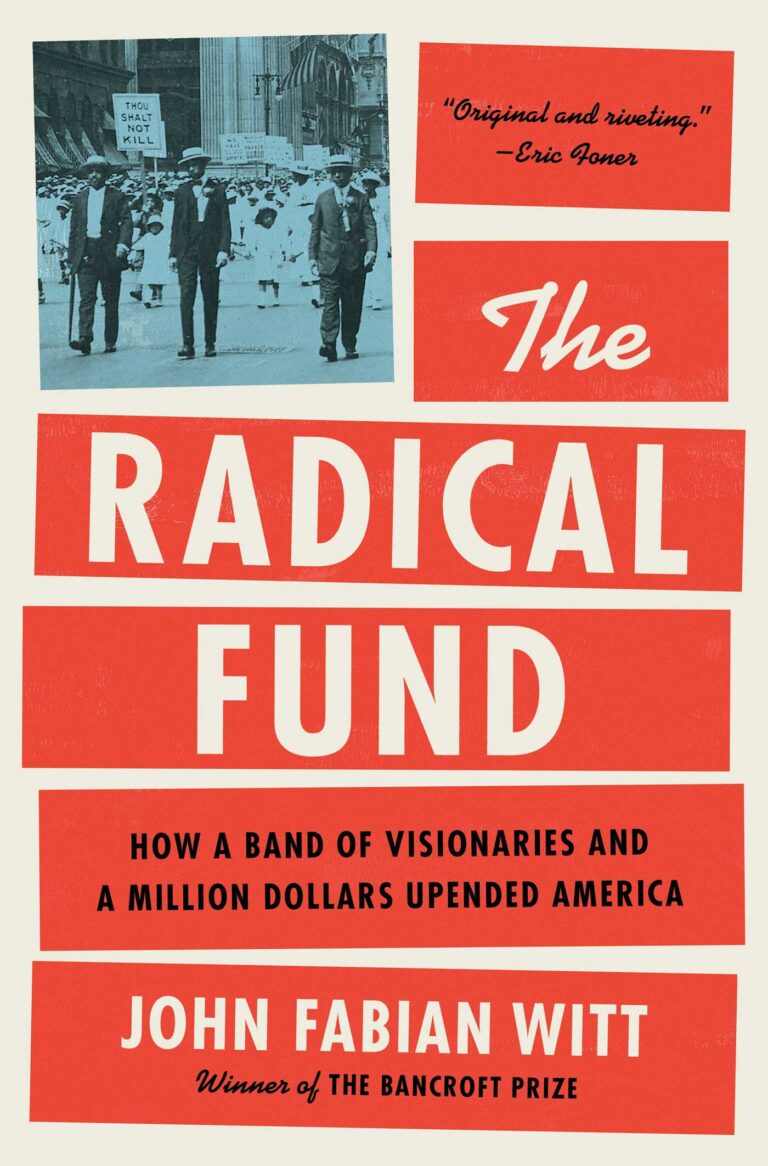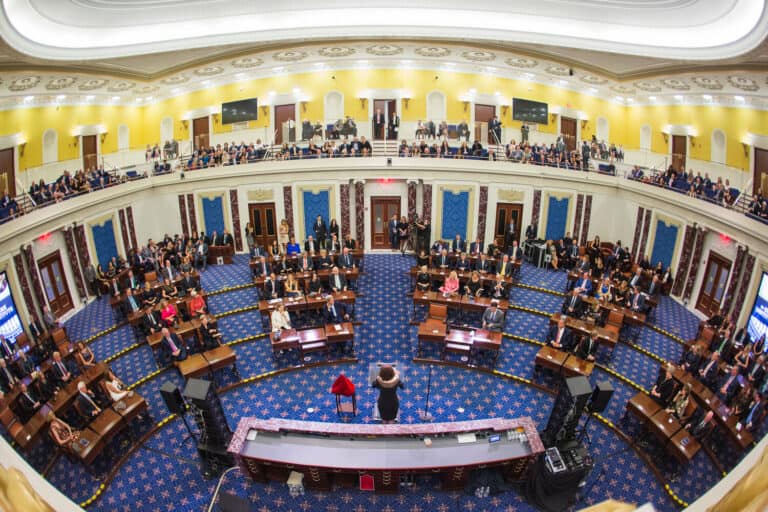
Catherine Fisk is the Barbara Nachtrieb Armstrong Professor of Law at UC Berkeley Law, where she teaches and writes on the law of the workplace, legal history, civil rights and the legal profession. She is the author of dozens of articles and four books, including the prize-winning Working Knowledge: Employee Innovation and the Rise of the Corporate Intellectual Property, 1800-1930, and Labor Law in the Contemporary Workplace. Her research focuses on workers at both the high end and the low end of the wage spectrum. She has written on union organizing among low-wage and immigrant workers as well as on labor issues in the entertainment industry, employee mobility in technology sectors, employer-employee disputes over attribution and ownership of intellectual property, the rights of employees and unions to engage in political activity, and labor law reform. She is the co-author, with UCI Law Professor Ann Southworth, of an innovative interdisciplinary casebook, The Legal Profession. Her current public service includes membership on the SEIU Ethics Review Board, the Board of Directors of the Wage Justice Center, and committees of the Law & Society Association. Prior to joining the founding faculty of UC Irvine School of Law, Fisk was a chaired professor at Duke Law School, and was on the faculty of the University of Southern California Gould School of Law and Loyola Law School in Los Angeles. She practiced law at a boutique Washington, D.C. firm and at the U.S. Department of Justice. She received her J.D. at UC Berkeley, and an A.B., summa cum laude, from Princeton University.
Note: This post was originally published on June 30th, and is being re-published in light of today’s oral arguments in Friedrichs.
The Court today granted review in Friedrichs v. California Teachers’ Ass’n. This suggests that four Justices may want to extend to public school teachers the right-to-work regime the Court imposed on home care workers in 2014 inHarris v. Quinn. That is no surprise. But while it takes the votes of only four Justices to grant review in a case, it is not obvious that there are five votes on the Court to overrule 30 years of precedent and hold unconstitutional a settled principle in the public sector labor laws of half the states.
The petitioners in Friedrichs argue that California school districts violate the First Amendment rights of public school teachers by agreeing that all teachers who are represented by the union must pay their fair share of the cost the union incurs negotiating and administering a collective bargaining agreement. Under California’s public sector labor laws, like those of almost every other state, the union owes a duty of fair representation (DFR) to all employees it represents. The DFR requires the union to enforce the contractual rights of all the employees it represents, without regard to whether they are members.
In Abood v. Detroit Board of Education in 1977 the Court rejected the constitutional argument that the petitioners want the Court to accept in Friedrichs. Abood held that, although public school teachers cannot be required to join a union or to contribute to the union’s political expenditures, they can be required to pay their fair share of the costs the union is required by law to incur in negotiating and administering an agreement on behalf of all teachers.
In Harris v. Quinn, the Court had been invited to overrule Abood, but the Court instead distinguished Abood and limited its ruling to home care workers. The majority reasoned that the state agency and the union did not have enough responsibility over the conditions of employment of home care workers to make it necessary for unions to charge fees for the services that the DFR requires them to provide. Justice Alito’s opinion in Harris criticized Aboodat length, but there apparently wasn’t a fifth vote to overrule Abood.
The mystery of Friedrichs is whether there is now a fifth vote. Justice Scalia may be crucial. After Abood, the Court decided a series of cases distinguishing between costs that are chargeable to dissenters and those that are not. Many of the cases sparked dissent, as Justices disagreed with one another about whether certain union expenses benefitted all members of the bargaining unit and should be paid for by all or whether they impermissibly allowed the union to spend money on political or ideological causes that dissenters opposed. One such case, Lehnert v. Ferris Faculty Ass’n, 500 U.S. 507 (1991), is noteworthy because Justice Scalia explained in his concurring and dissenting opinionthat without the ability to charge fees to dissenters, the duty of fair representation imposes costs on unions:
Our First Amendment jurisprudence . . . recognizes a correlation between the rights and the duties of the union, on the one hand, and the nonunion members of the bargaining unit, on the other. Where the state imposes upon the union a duty to deliver services, it may permit the union to demand reimbursement for them; or, looked at from the other end, where the state creates in the nonmembers a legal entitlement from the union, it may compel them to pay the cost. The “compelling state interest” that justifies this constitutional rule is not simply elimination of the inequity arising from the fact that some union activity redounds to the benefit of “free-riding” nonmembers; private speech often furthers the interests of nonspeakers, and that does not alone empower the state to compel the speech to be paid for. What is distinctive, however, about the “free riders” who are nonunion members of the union’s own bargaining unit is that in some respects they are free riders whom the law requires the union to carry—indeed, requires the union to go out of its way to benefit, even at the expense of its other interests. In the context of bargaining, a union must seek to further the interests of its nonmembers; it cannot, for example, negotiate particularly high wage increases for its members in exchange for accepting no increases for others. Thus, the free ridership (if it were left to be that) would be not incidental but calculated, not imposed by circumstances but mandated by government decree.
Id. at 556.
Justice Scalia’s observation that the union’s statutory duty of fair representation creates the free rider problem could be ignored in Harris because of the role of the union in enforcing the contract rights of free-riding nonmembers is small. That is not true with respect to public school teachers who have extensive contractual rights that the union is required to enforce. If unions cannot collect from nonmembers the cost of enforcing their contractual rights, then union members will be required to subsidize those costs. As I argue in a forthcoming article in the Loyola of Los Angeles Law Review, requiring union members to subsidize services to nonpaying co-workers involves (on the Court’s analysis) compelled subsidies exactly to the same extent as requiring nonmembers to pay for the cost of union representation.
For many reasons, then, it’s not at all clear that the Court’s decision to hear Friedrichs will lead inevitably to the Court holding that all public sector employment must be on a right-to-work basis. The Court may instead decide simply to reaffirm Abood because it is the best compromise among the First Amendment rights of unions, union members, and employees who oppose the union that represents them.






Daily News & Commentary
Start your day with our roundup of the latest labor developments. See all
November 7
A challenge to a federal PLA requirement; a delayed hearing on collective bargaining; and the IRS announces relief from "no tax on tips" reporting requirements.
November 6
Starbucks workers authorize a strike; Sixth Circuit rejects Thryv remedies; OPEIU tries to intervene to defend the NLRB.
November 5
Denver Labor helps workers recover over $2.3 million in unpaid wages; the Eighth Circuit denies a request for an en ban hearing on Minnesota’s ban on captive audience meetings; and many top labor unions break from AFGE’s support for a Republican-backed government funding bill.
November 4
Second Circuit declines to revive musician’s defamation claims against former student; Trump administration adds new eligibility requirements for employers under the Public Service Loan Forgiveness program; major labor unions break with the AFGE's stance on the government shutdown.
November 3
Fifth Circuit rejects Thryv remedies, Third Circuit considers applying Ames to NJ statute, and some circuits relax McDonnell Douglas framework.
November 2
In today’s news and commentary, states tackle “stay-or-pay” contracts, a new preliminary injunction bars additional shutdown layoffs, and two federal judges order the Trump administration to fund SNAP. Earlier this year, NLRB acting general counsel William Cowen rescinded a 2024 NLRB memo targeting “stay-or-pay” contracts. Former General Counsel Jennifer Abruzzo had declared that these kinds […]